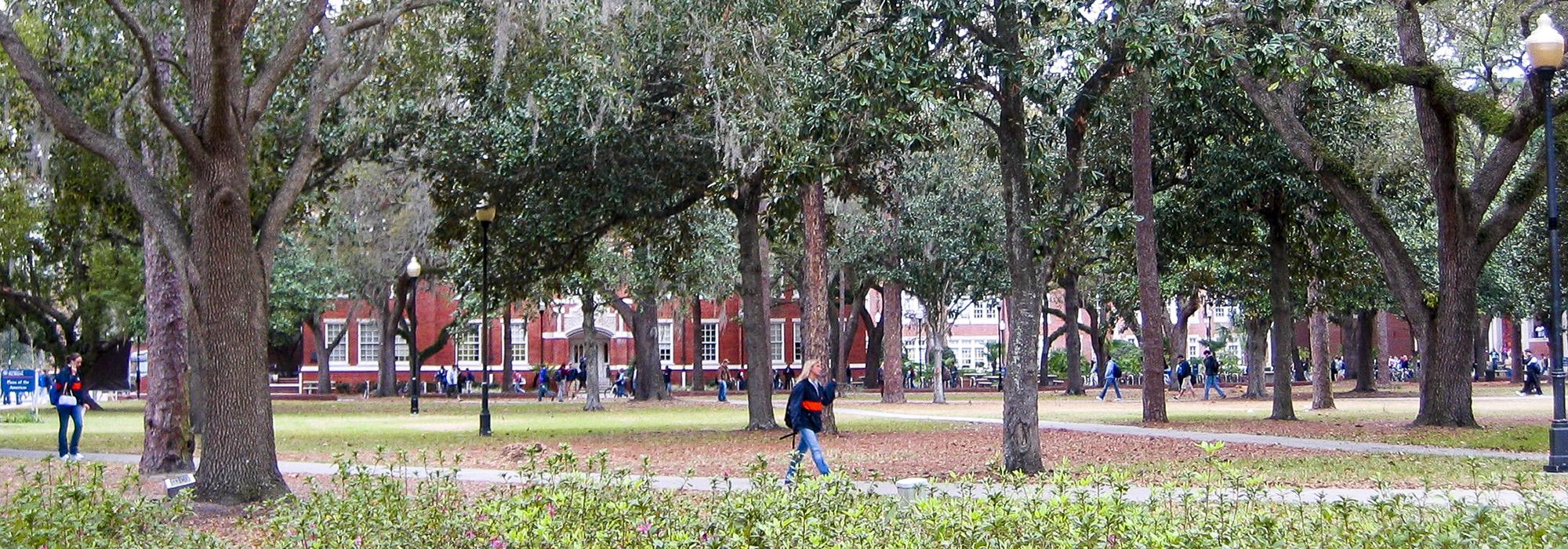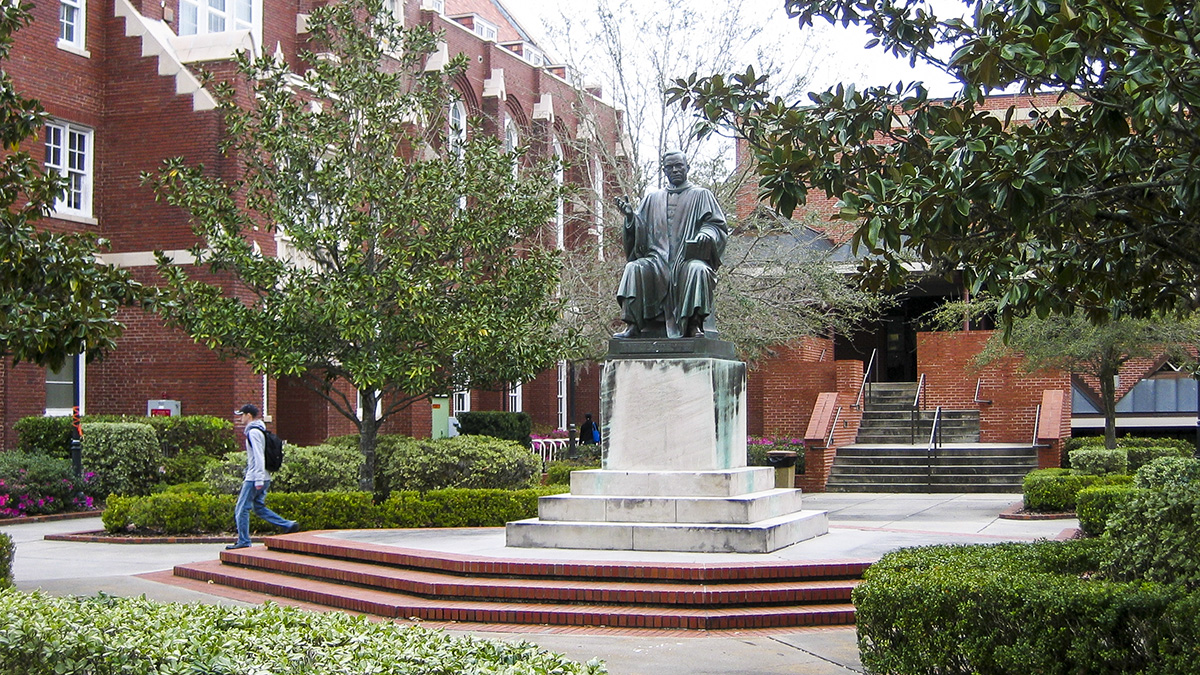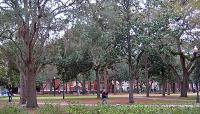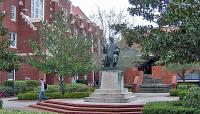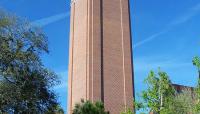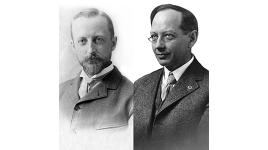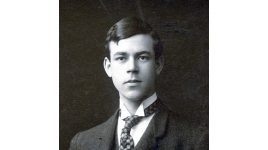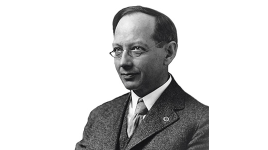Landscape Information
This institution was established in 1905 by the Buckman Act. The Florida Board of Control chose a 512-acre tract in Gainesville as the site of the new university, and architect William Edwards was recruited to lay out a campus plan. His design consisted of two arcing roads that stretched east to west, creating three areas of development. The buildings were placed at right angles, with principal structures arranged around a central green. In 1925 Frederick Law Olmsted, Jr., and William Lyman Phillips of the Olmsted Brothers firm redesigned the green and unified the campus through a planting plan of native vegetation. The green was renamed the Plaza of the Americas in 1931, after the university hosted the first meeting of the Institute of Inter-American Affairs, during which time 21 live oak trees were planted in the space. The superintendent of grounds, Noel Lake, later enclosed the green with double rows of magnolias. In the postwar era, architect Guy Fulton expanded the campus to the south and west, replacing Edwards’design with a grid pattern. As the campus grew, buildings were oriented around open corridors and courtyards that provided visual connections to the historic core. In 2017 the Brentwood Company renovated the plaza by installing additional seating and introducing more than 12,000 indigenous flora.
The university’s historic core is contained within the northeastern corner of campus. The Plaza of the Americas is a nearly four-acre green placed between the university library and Union Road. Bordered by live oak and magnolia trees, the green is segmented by cement and brick crosswalks. Surrounding the green on three sides are brick gothic structures whose architectural style is echoed throughout the 2,000-acre campus. A planting palette of native flora unites the built spaces with the campus’ 448 acres of conserved wetlands and its chain of watercourses, lakes, and ponds. The historic core was listed as the University of Florida Campus Historic District in the National Register of Historic Places in 1989.



